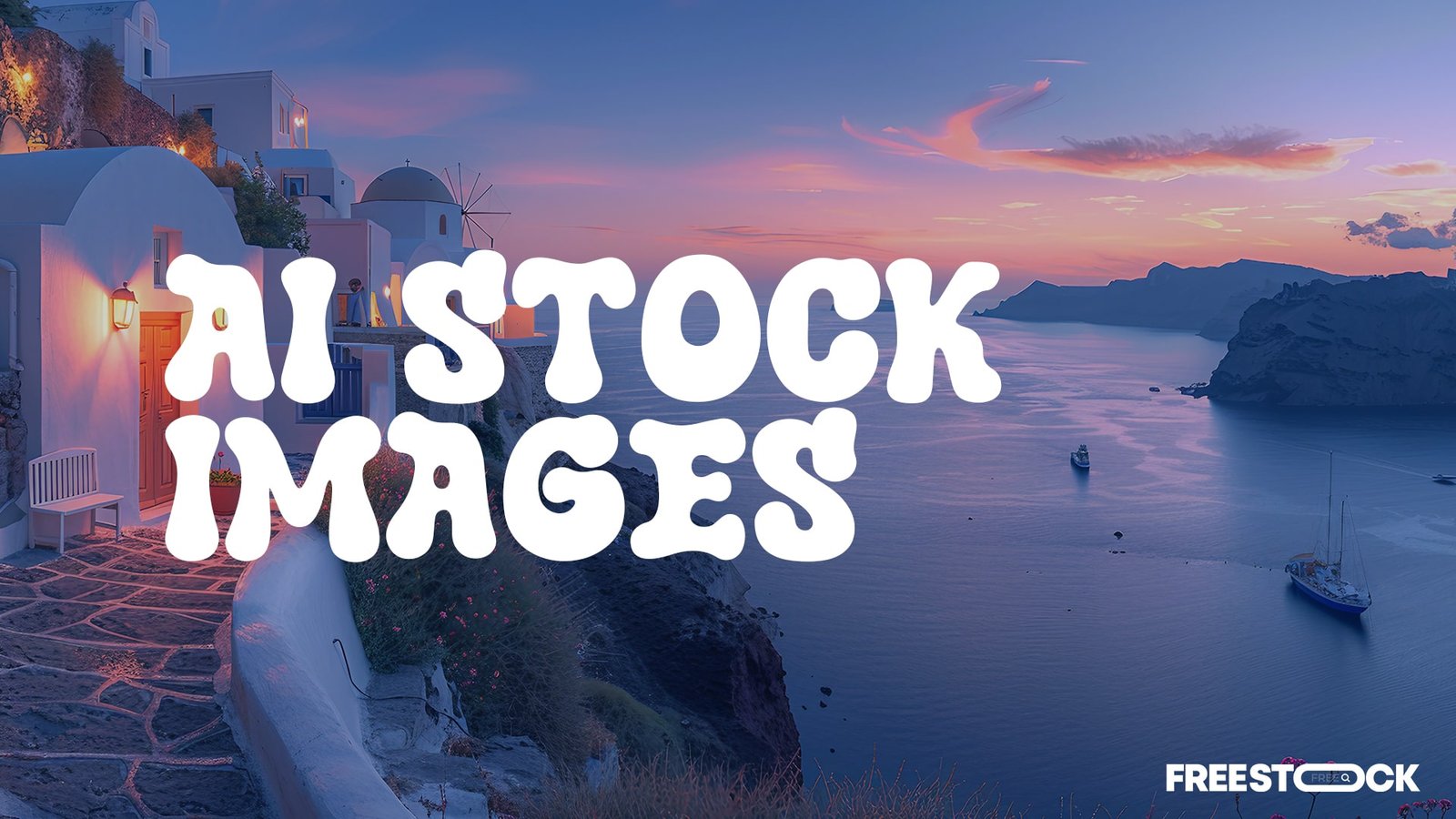Understanding the Role of Artificial Intelligence in Shaping the Stock Image Industry
In the fast-evolving landscape of visual content creation, artificial intelligence (AI) is revolutionizing the way we produce and consume images. But can AI truly generate stock images? Let’s delve into this intriguing question in this beginner’s guide.
Unveiling the Power of AI in Image Generation
Artificial intelligence, fueled by advanced algorithms and machine learning techniques, has the capability to generate realistic and high-quality images that mimic human creativity. Through a process known as generative adversarial networks (GANs), AI systems can learn from vast datasets of existing images and produce new visuals with astonishing accuracy.
The Evolution of Stock Images: From Photography to AI
- Traditional Stock Images: Historically, stock images were predominantly sourced from photographers and illustrators who captured real-world scenes and subjects.
- Entry of AI: With the advent of AI, stock image platforms began incorporating AI-generated images into their collections, offering creators a new source of diverse and customizable visuals.
The Advantages of AI-Generated Stock Images
- Infinite Variety: AI-generated images offer an endless array of subjects, styles, and themes, catering to diverse creative needs.
- Customization: Creators can tailor AI-generated images to their specific requirements, adjusting parameters such as color, composition, and style.
- Time Efficiency: AI can generate images at a rapid pace, saving creators valuable time and resources compared to traditional methods.
- Cost-Effectiveness: AI-generated images eliminate the need for expensive photoshoots or licensing fees, making high-quality visuals accessible to all.
Exploring the Limitations of AI in Image Generation
While AI has made significant strides in image generation, it still has its limitations:
- Authenticity Concerns: Some AI-generated images may lack the authenticity and emotional depth of real-world photographs, potentially impacting their effectiveness in certain contexts.
- Complexity: Generating highly detailed or intricate images, such as portraits or fine art, can pose challenges for AI algorithms, resulting in less convincing results.
- Ethical Considerations: The use of AI in image generation raises ethical questions regarding intellectual property rights, bias, and the potential for misuse or manipulation.
The Role of Human Creativity in Image Generation
While AI plays a crucial role in image generation, human creativity remains indispensable:
- Creative Direction: Humans provide the artistic vision and direction behind AI-generated images, guiding the process to achieve desired outcomes.
- Quality Assurance: Human oversight is essential for ensuring the quality, relevance, and authenticity of AI-generated visuals before they are made available to users.
- Artistic Interpretation: Human creators bring a unique perspective and interpretation to the image generation process, infusing AI-generated visuals with depth and meaning.
Leveraging FreeStock.ai for AI-Generated Stock Images
Introducing FreeStock.ai – your premier destination for downloading free AI-generated stock images. With its user-friendly platform and diverse collection of high-quality visuals, FreeStock.ai empowers creators to explore the possibilities of AI-driven image generation without constraints.
Whether you’re a designer, marketer, blogger, or entrepreneur, FreeStock.ai offers the freedom to access and download AI-generated stock images for any project, big or small. Unlock the potential of AI in visual content creation with FreeStock.ai today.
Conclusion: Embracing the Future of Visual Content Creation
As AI continues to advance, the role of AI-generated images in the stock image industry will undoubtedly grow. By understanding the capabilities, limitations, and ethical considerations surrounding AI in image generation, creators can harness its power to enhance their projects and captivate their audiences.



